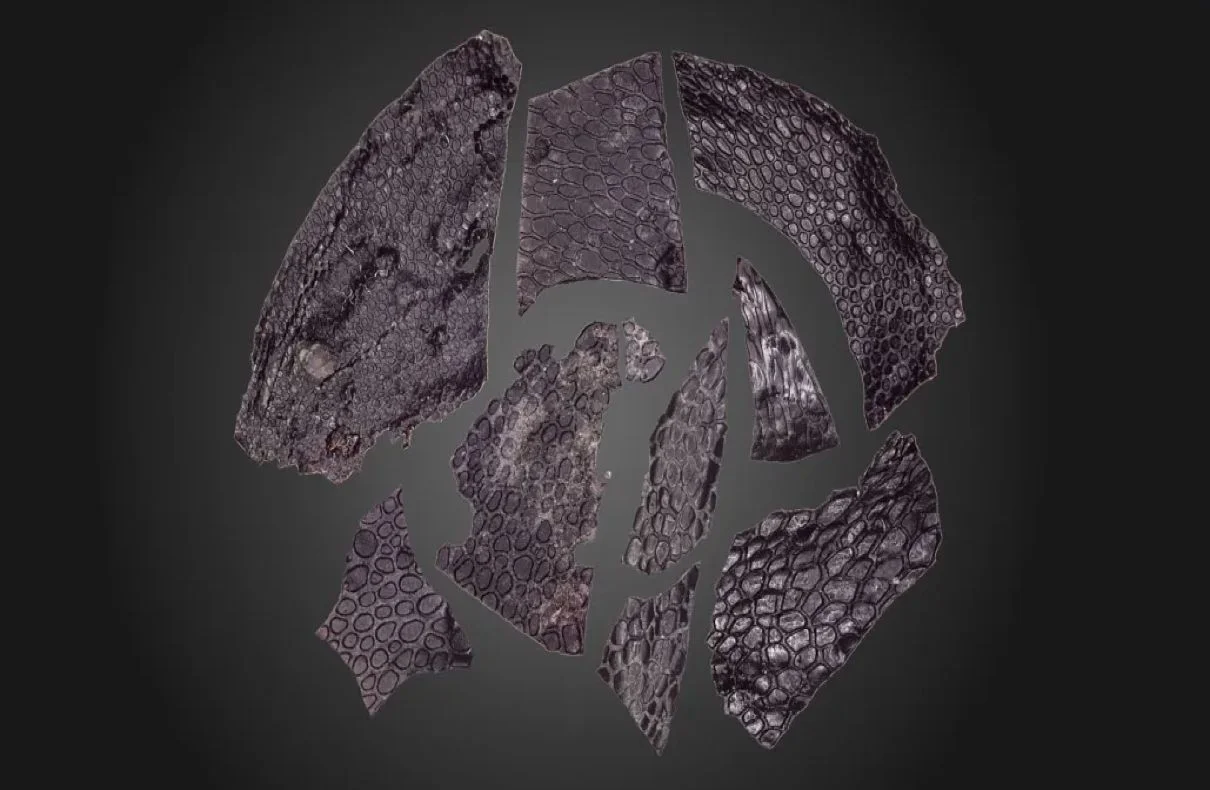
In a groundbreaking discovery, scientists have unearthed the oldest fossilized skin ever found, dating back an astonishing 286 million years. This remarkable find was made in an Oklahoma cave known as Richards Spur, which has proven to be a treasure trove of ancient fossils. The significance of this discovery cannot be overstated, as it provides us with valuable insights into the history and evolution of life on Earth.
The Richards Spur in Oklahoma is renowned among paleontologists for its rich deposits of fossils. Over the years, numerous significant discoveries have been made in this cave, shedding light on the prehistoric past. However, the latest find of the oldest fossilized skin has surpassed all expectations.
The research team meticulously examined the fossilized remains found in the Oklahoma cave, using state-of-the-art techniques and tools. Through a combination of careful observation and scientific analysis, they were able to identify the fossilized skin and determine its age with a remarkable level of precision.
The skin that has been miraculously preserved for over 286 million years has provided scientists with an unprecedented glimpse into the past. The incredible state of preservation allows researchers to examine the microscopic details of the skin and understand its composition and structure. This is an invaluable opportunity to study a creature that lived in a bygone era with such clarity.
How Green Spaces Help Children Build Healthy Bones
By studying the oldest fossilized skin, researchers can gain insights into the life and environment of the past. The composition of the ancient skin offers clues about the animal’s diet, habitat, and evolutionary adaptations. This information helps us piece together the puzzle of Earth’s ancient biodiversity and understand the interconnectedness of various species throughout history.
The fossilized skin provides a window into the ecosystems that existed millions of years ago. By studying the organisms’ skin in conjunction with other fossils found in the Oklahoma cave, scientists can reconstruct the environment in which these creatures thrived. This knowledge is invaluable for understanding the delicate balance of ancient ecosystems and the intricate web of life that existed during that time.
The findings from the oldest fossilized skin challenge previous assumptions and theories about the evolution of various species. By analyzing the preserved skin, scientists can identify unique adaptations and characteristics that shed light on the evolutionary path taken by these ancient creatures. This new information will play a vital role in shaping our understanding of the evolutionary processes that have shaped life on Earth.
